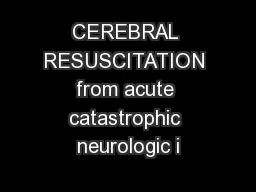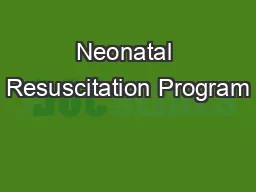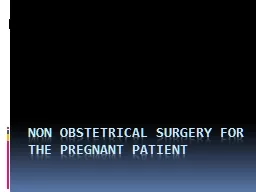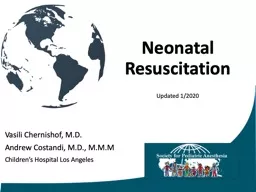PPT-Patrick Sinclair, DO Resuscitation Of The Pregnant Patient
Author : liane-varnes | Published Date : 2019-01-23
Prevelance 120000 to 150000 ongoing pregnancies Complicates 112000 US hospitalizations related to delivery Its frequency has remained stable over the past 15yrs
Presentation Embed Code
Download Presentation
Download Presentation The PPT/PDF document "Patrick Sinclair, DO Resuscitation Of Th..." is the property of its rightful owner. Permission is granted to download and print the materials on this website for personal, non-commercial use only, and to display it on your personal computer provided you do not modify the materials and that you retain all copyright notices contained in the materials. By downloading content from our website, you accept the terms of this agreement.
Patrick Sinclair, DO Resuscitation Of The Pregnant Patient: Transcript
Download Rules Of Document
"Patrick Sinclair, DO Resuscitation Of The Pregnant Patient"The content belongs to its owner. You may download and print it for personal use, without modification, and keep all copyright notices. By downloading, you agree to these terms.
Related Documents














